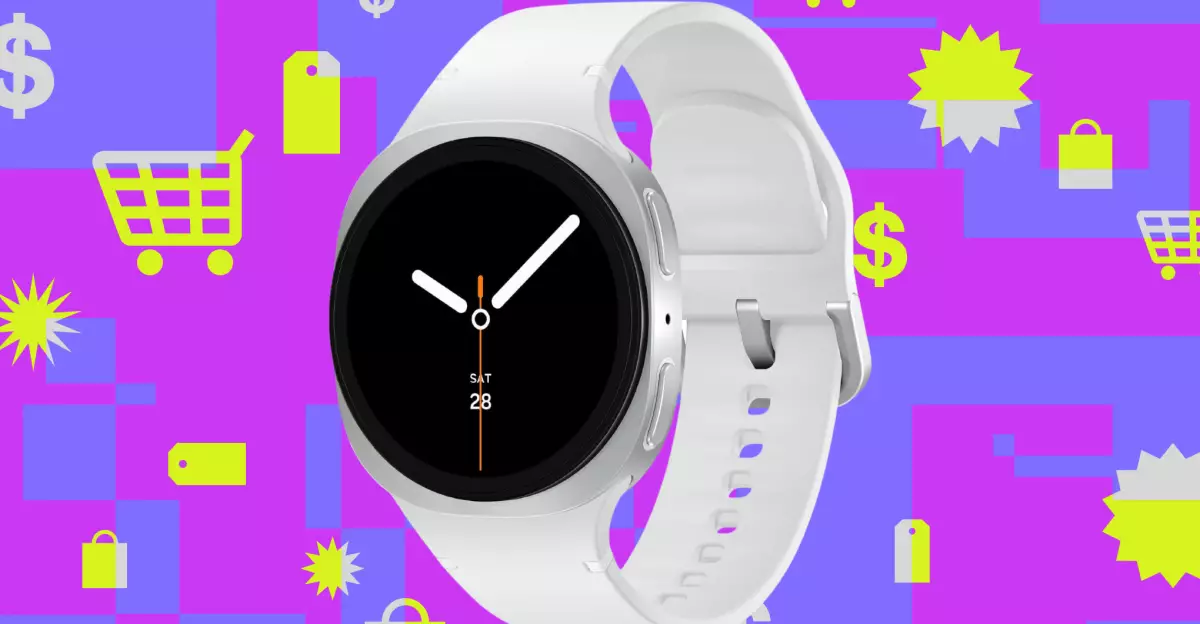In the realm of gaming, the controller remains a fundamental tool that can elevate your entire experience. The GameSir Super Nova Wireless Controller exemplifies this, offering a suite of features that rival much pricier counterparts. Priced at just $39.99—a mere $10 discount—the Super Nova is more than an affordable option; it’s a testament to how innovation is trickling down to the budget segment. With its Hall Effect joysticks, it promises durability and precision, minimizing drift—a common annoyance in many controllers. The inclusion of two-stage triggers and customizable back buttons underscores its appeal for serious gamers seeking both responsiveness and personalization.
Moreover, its compatibility spans across Nintendo Switch, PC, iOS, and Android, which means it acts as a versatile bridge between devices. The dual connectivity modes—wired via USB-C and wireless through Bluetooth or 2.4GHz adapter—further solidify its position as a gamer’s best companion. It’s not just about features; it’s about how seamlessly the controller integrates into an evolving gaming ecosystem, making gameplay smoother and more immersive.
But let’s be honest: the true brilliance here is how manufacturers are democratizing high-end tech. Premium features like RGB lighting and gyroscope support used to be the domain of expensive controllers. Now, they are accessible to anyone willing to press a small purchase button, ultimately pushing the industry forward and setting new standards for affordability without sacrificing quality.
Elevating Wearable Technology with the Samsung Galaxy Watch 8
Smartwatches are increasingly becoming crucial personal health and productivity tools, and Samsung’s Galaxy Watch 8 exemplifies this evolution. Released just weeks ago at a starting price of $299.99 for the 40mm model, it offers an intriguing blend of style, functionality, and smart AI integration. The distinctive squircle shape deviates from traditional round or square watches, aiming for a sleek profile that fits more comfortably on the wrist—a shift that can make or break user acceptance.
Samsung’s integration of Google’s Gemini AI directly into the wrist introduces a new level of convenience. From setting playlists to querying weather updates, the watch acts as an extension of your digital life. And if you own a compatible Galaxy phone, the ability to perform detailed health diagnostics like EKGs and sleep apnea detection transforms the device from a simple accessory into a health monitor. The addition of features such as an Antioxidant Index and Running Coach reveals Samsung’s focus on wellness, though some capabilities like diet tracking can be easily fooled by colorful objects, highlighting the limitations of current sensor technology.
Design-wise, the thinner profile of the Galaxy Watch 8 provides a comfortable experience, even during extended wear. While the battery life remains impressive—lasting more than a day—its true strength lies in its harmonious blend of smart features and health monitoring. The current promotion, offering a $50 discount and a promotional credit at Amazon, makes it a compelling buy for those looking to transition into or upgrade their wearable tech arsenal.
However, the real question is whether consumers are ready to accept the new aesthetic and whether the price point is justified by the additional features. In a market saturated with smartwatches, Samsung’s continuous innovation and aggressive pricing strategies push it ahead, but the challenge remains in convincing users to see beyond established brands like Apple or Garmin.
Smart Accessories That Redefine Value and Convenience
Beyond controllers and watches, the tech industry is rapidly evolving into a space that emphasizes practicality coupled with personality. Ugreen’s Uno 30 Watt Charger, for instance, exemplifies this trend with its quirky, pixel-art LED faces that brighten up a mundane charging experience. Priced at just $17.99, it offers rapid charging—enabling your iPhone 15 to reach 60% in just half an hour—making it an essential tool for people constantly on the go.
Similarly, JBL’s Tour Pro 3 earbuds demonstrate the leap in audio tech with active noise cancellation, comfort, and a touchscreen charging case. The convenience of switching listening modes and checking battery life directly from the case means fewer interruptions and better control. Their multi-device compatibility further illustrates how modern earbuds are becoming more than just audio gear—they are central to our digital lifestyles.
This collection of gadgets underscores an interesting shift: the fusion of fun aesthetics, functional prowess, and affordability. Items like the Ugreen charger, with its whimsical LED faces, serve as small reminders that innovation need not be serious all the time; it can be playful and still highly effective. When technology becomes more personalized and accessible, it fosters a sense of ownership and enthusiasm among users that drives adoption rates upward.
The Cost of Progress: Are We Truly Getting More Bang for Our Buck?
The landscape painted by these deals raises a pressing question: Are consumers finally receiving real value for their money? The answer leans toward yes, but with caveats. The aggressive discounts on premium gadgets suggest prices were inflated before, and now the market is correcting itself. High-end features once exclusive to flagship devices are now appearing in budget-friendly options, blurring the lines between mid-tier and premium.
However, this democratization comes with its risks—namely, commodification and quality compromises. While companies like GameSir and Ugreen are pushing boundaries at affordable prices, there’s always a concern about longevity, reliability, and whether these devices truly perform as well as their flagship counterparts. Consumer expectations have risen, and rightly so; no one wants to invest in gadgets that will fail after a year.
Furthermore, the constant influx of deals and discounts, while exciting, might also create a paradox of choice. The surge in accessible high-tech can lead to superficial comparisons driven more by price cuts than genuine innovation. It’s crucial to evaluate whether these savings reflect value or simply marketing tactics capitalizing on the consumer’s desire for affordability.
In the end, as technology becomes more integrated into everyday life, the best deals are those that balance cost, functionality, and longevity. The current climate shows a positive trend, but only time will tell if these deals translate into lasting user satisfaction or just fleeting savings.


Leave a Reply